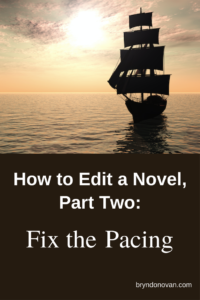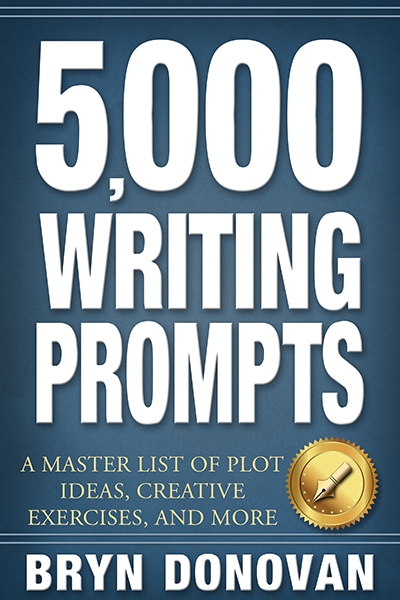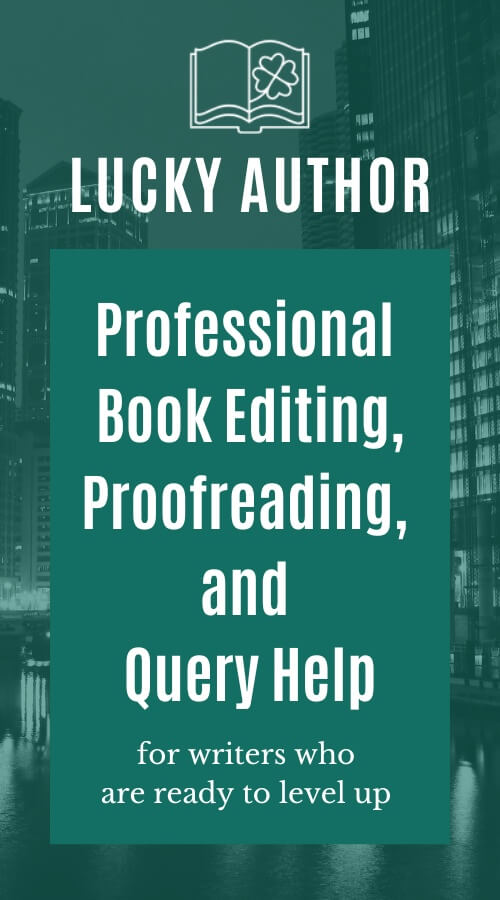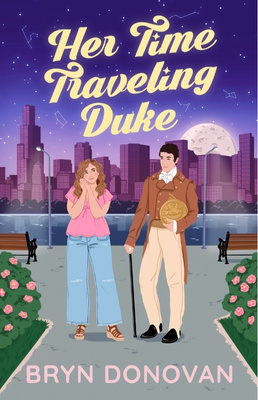
This content is protected against AI scraping.
Hey, welcome back to my series about how to rewrite, revise, and edit a book after you write it! Last time, I talked about clarifying your character arcs, or emphasizing the ways in which your main characters change and grow over the course of the story. Today, we’ll talk about pacing.

“Pacing” refers to the speed at which the story progresses. In general, you don’t want some sections of the book to move slowly while others feel rushed. You want a consistent pace (hopefully not too slow) throughout the novel.
How do you do that? By making sure that the big, important events are spaced out fairly evenly.
If nothing big and exciting happens in the first couple of chapters of your novel, then it’s starting off slow, and it’s going to be hard to get your reader to keep going.
If you have a long stretch in the middle where nothing really interesting happens, then it drags in the middle. This is a common problem.
Here’s what you do to fix your pacing.
Make a list of 5 or 6 big, important events that happen in your book. At least a couple of these will probably be scenes you thought about when considering your character arcs.
For instance, if I were writing a pirate novel, I might have a list that looked something like this.
Tom joins the crew of a whaling ship
pirates attack ship; Tom hides in the hold, eating their hard tack and drinking their rum
one pirate, Horace, finds Tom, but chooses not to turn him in
Tom and Horace admit they are in love
Tom and Horace steal the ship while other pirates are partying in a port town
Tom and Horace start a new life in a romantic town in Spain
These are just the big turning points. They may not even be my personal favorite scenes, but they are the scenes in which everything changes.
(If you find that you don’t have many big things happening in your story, then you may have a serious challenge. Or a literary novel, haha.)
[AdSense-B]
Once you’ve got these important turning points, write down the page number where each scene begins. It might look something like this:
Tom joins the crew of a whaling ship – p. 1
pirates attack ship; Tom hides in the hold, eating their hard tack and drinking their rum – p. 172
one pirate, Horace, finds Tom a couple of weeks later, but chooses not to turn him in – p. 181
Tom and Horace admit they are in love – p. 193
Tom and Horace steal the ship while other pirates are partying in a port town – p. 277
Tom and Horace start a new life in a romantic town in Spain – p. 292
These events don’t have to be at perfectly regular intervals. It may be that big events in the last third or so of the novel are closer together, building up to an satisfying finale.
However, if you have a huge gap between important events (like I do between event #1 and event #2), or if you have turning points smooshed right up next to each other (like I do in the middle), then you have a pacing problem.
Looking at my story here, I might cut out big chunks of Tom’s time on the whaling ship in order to get to the pirates sooner. This isn’t Moby Dick, after all. I might add a scene dramatizing Tom’s time when he’s hiding in the hold. Maybe he has a close call with the captain, or figures out a clever way to keep the rats away. This is good — it will make Horace’s discovering of Tom more dramatic. I’ll give Tom and Horace at least a few scenes to get to know each other before they fall in love, which will be a lot more believable.
Adjusting the pacing might not be as drastic as adding or deleting scenes. You might just realize that one scene went into unnecessary detail, while a couple of other scenes are skeletal and need to be fleshed out.
You might not even have pacing issues if you followed an outline for your novel. However, even with outlines, many of us drift off course (and sometimes discover an even better story along the way).
Editing for pacing may seem daunting at first, especially if you’ve gotten used to the story as it is, but just diving into it is half the challenge.
Do you ever run into pacing issues with your novel? Do you have tips and tricks of your own to keep a novel going at a steady pace? Let us know in the comments!
And if you aren’t following the blog already, sign up below so that you won’t miss the next installments in the series. Happy writing!







Nice installment in this series, Bryn. I love your outline for a Tom and Horace pirate novel!
I reach a point while writing all my stories where I get impatient (and want to publish as-is just to get it over with), but don’t have the focus or critical thinking distance to edit pacing. Then I have to force myself to wait a day or two–or more–and look at the work with fresh eyes. Sometimes writing in another genre or doing a different creative task for a few hours is all it takes to freshen my perspective. Re-reading a story after two weeks of not looking at it really makes lagging portions jump out at me. If in doubt, I ask a friend to read a section I’ve read so many times I think it’s boring when my followers end up loving it.
I tend to write everything out-of-order and constantly edit. In my best stories, I re-arrange and chop a lot–not necessarily whole scenes, but find a way to blend two scenes or have bits of plot and dialogue assigned to a different character. Just cutting out superfluous words or rephrasing a paragraph is what helps me the most with pacing.
Hi friend! Ooh, that is such a good point about feeling eager once the story is done… I think a lot of us feel that! It really does help to get some distance, as you say. I write out of order, too (but I guess that’s obvious from my WIP Wednesdays, haha.)
That’s a good point, too, about cutting superfluous words and rephrasing to adjust the pacing. Thank you!
So, are you going to write the pirate novel? Now that you’ve got me to read all the way through an article on pacing, you have to give me something, here! It really does sound like a good story from your major plot points. Seriously though, I pantsed the first draft of my first novel and it drug. Even after fixing it, it wasn’t perfect. Pacing is so important and outlining or, at a minimum, doing what you’ve suggested here is so important. Great post.
Hi Anne! Hahaha, I enjoyed coming up with that example. I have the opposite problem with my first novel drafts… they are so rushed! I have to go back and flesh out a lot. Thanks for commenting!
Are you going to write a pirate story? That example sounds interesting lol.
Anyway, while I have numerous stories that need editing (let alone finishing), I have one (even though it’s already published) that I would love to redo. But, every time I read it, I either think it’s all fine or I don’t know how to go about improving it. I love the story but I’m also blind in how to make it better; despite knowing the pacing is more than likely off.
I’m looking forward to the next in this series of articles ?
Hi, KC! For some reason, I thought Horace was kind of a hilarious pirate name 😀 It’s so hard to stand back and be objective about a story when you’ve poured your heart into it! It takes me a long time before I can read something like that critically. I really do think pacing doesn’t need to be perfect. Just tinkering a little where it’s way off can make a big difference. Thanks so much for reading, and for commenting, as always. I always love to see your comments 🙂
I love the page number idea. That is a great way to visualize the pace and find issues. You, my dear, are a genius.
Oh Erin, you are way too kind! Thanks for reading!
Is this a fix technique for “pantsers”? Wouldn’t an outline (even a loose one) set the pacing before writing? I would like to apply this to my WIP. Perhaps I’m not distinguishing correctly between turning points and other plot points or instances of character development.
Hi Bryn,
Love your site and I subscribe to your emails. You are a treasure.
Just wanted to let you know I posted a review of Master Lists for Writers on my humble little blog and also to Amazon. It’s at https://foxywriterchick.com/2017/06/30/booksforwriters-july-2017/
Thanks for being such a Writer’s Writer. You rock!
Best regards,
Susan J. Anderson